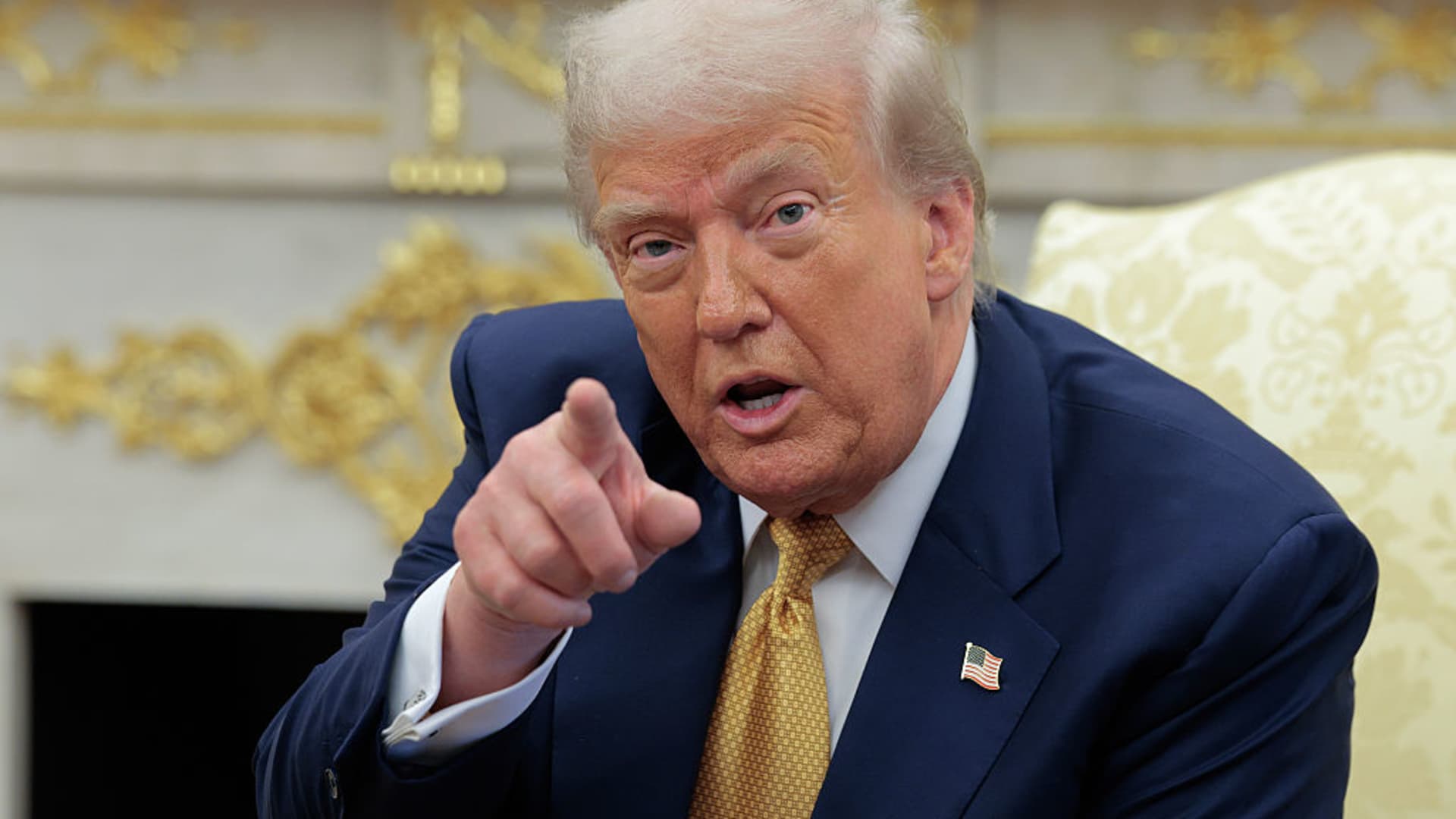The ambitious trade agenda set by the Trump administration, notably the “90 deals in 90 days” target, faced a challenging reality as a crucial tariff deadline approached. Despite initial high hopes, the United States managed to finalize only eight comprehensive trade agreements within 120 days, a significant shortfall from the administration’s projections, reflecting the complexities of international economic diplomacy.
Among the first nations to forge a new framework was the United Kingdom, striking a deal as early as May. This agreement notably included a 10% baseline tariff on U.K. goods, alongside specific quotas and exemptions for critical sectors such as automotive and aerospace products. However, even following recent high-level discussions between U.S. President Donald Trump and Prime Minister Keir Starmer, certain provisions, particularly concerning tariffs on U.K. steel and aluminum and talks regarding the U.K.’s digital services tax, remained subjects of ongoing debate.
Progress was also made with key Asian partners. An agreement with Vietnam addressed the issue of goods originating from third countries and then transshipped through Vietnam for final export to the U.S., though the practical application of this clause required further clarification. Simultaneously, the White House announced a significant breakthrough with Indonesia, wherein Jakarta committed to eliminating tariff barriers on over 99% of U.S. products across all sectors, encompassing agricultural goods and energy resources, signaling expanded market access for American exports.
A pivotal agreement was reached with Japan, heralded by President Trump as “perhaps the largest Deal ever made,” coupled with claims of substantial Japanese investment in the United States and significant profit returns for the U.S. This outcome followed a period of considerable uncertainty and strained rhetoric, with previous declarations by Trump suggesting reluctance to finalize a deal, illustrating the volatile nature of the negotiation process.
The European Union’s agreement with the U.S. materialized after extensive and often contentious negotiations. Under the new terms, EU goods faced a 15% baseline tariff rate, a notable reduction from the 30% that Trump had previously threatened. Additionally, existing duties on automobiles were lowered to 15%, and levies on select products, including aircraft and certain generic drugs, were reverted to their pre-January levels, providing some relief to the European bloc’s industries.
This agreement, however, was not without its critics, drawing considerable opposition from some European leaders. French Prime Minister Francois Bayrou, for instance, controversially described it as an act of “submission” and a “dark day” for the EU. In contrast, EU Trade Commissioner Maros Sefcovic defended the accord, characterizing it as “the best deal we could get under very difficult circumstances,” underscoring the delicate balance achieved in the face of significant pressure.
South Korea became the most recent country to secure a deal, finalizing its terms shortly thereafter. The specifics of this agreement bore notable similarities to the framework established with Japan, reflecting a pattern in the U.S. administration’s approach to securing favorable terms with its allies. These varied global trade deals highlighted the dynamic landscape of US foreign trade policies.
Meanwhile, discussions with China, a major focus of the Trump Tariffs policy, resulted in a temporary truce following their initial trade meeting in Geneva. This agreement aimed to pause the escalating tariff conflict until mid-August, with China currently facing a 30% combined tariff rate and the U.S. subject to 10% duties. The ongoing complexity of these trade negotiations underscored the deep economic and political divisions between the two global powers.
The persistent issue of drug flows from Canada to the U.S. served as a primary justification for Trump’s proposed tariffs on Canadian goods. Canadian Prime Minister Mark Carney indicated that talks were in an “intense phase,” acknowledging the high likelihood that any eventual agreement would still incorporate some form of tariffs. This situation exemplifies the intricate nature of economic policy and bilateral relations under the former administration’s push for new global trade deals.






Leave a Reply